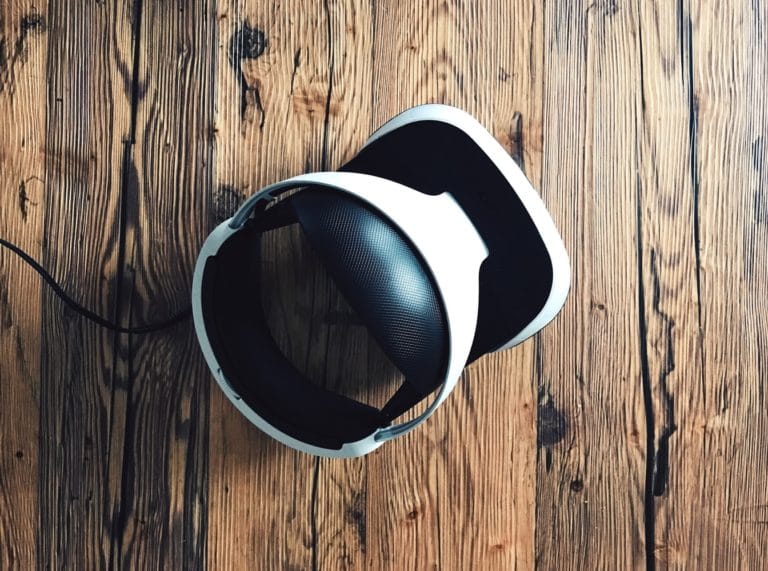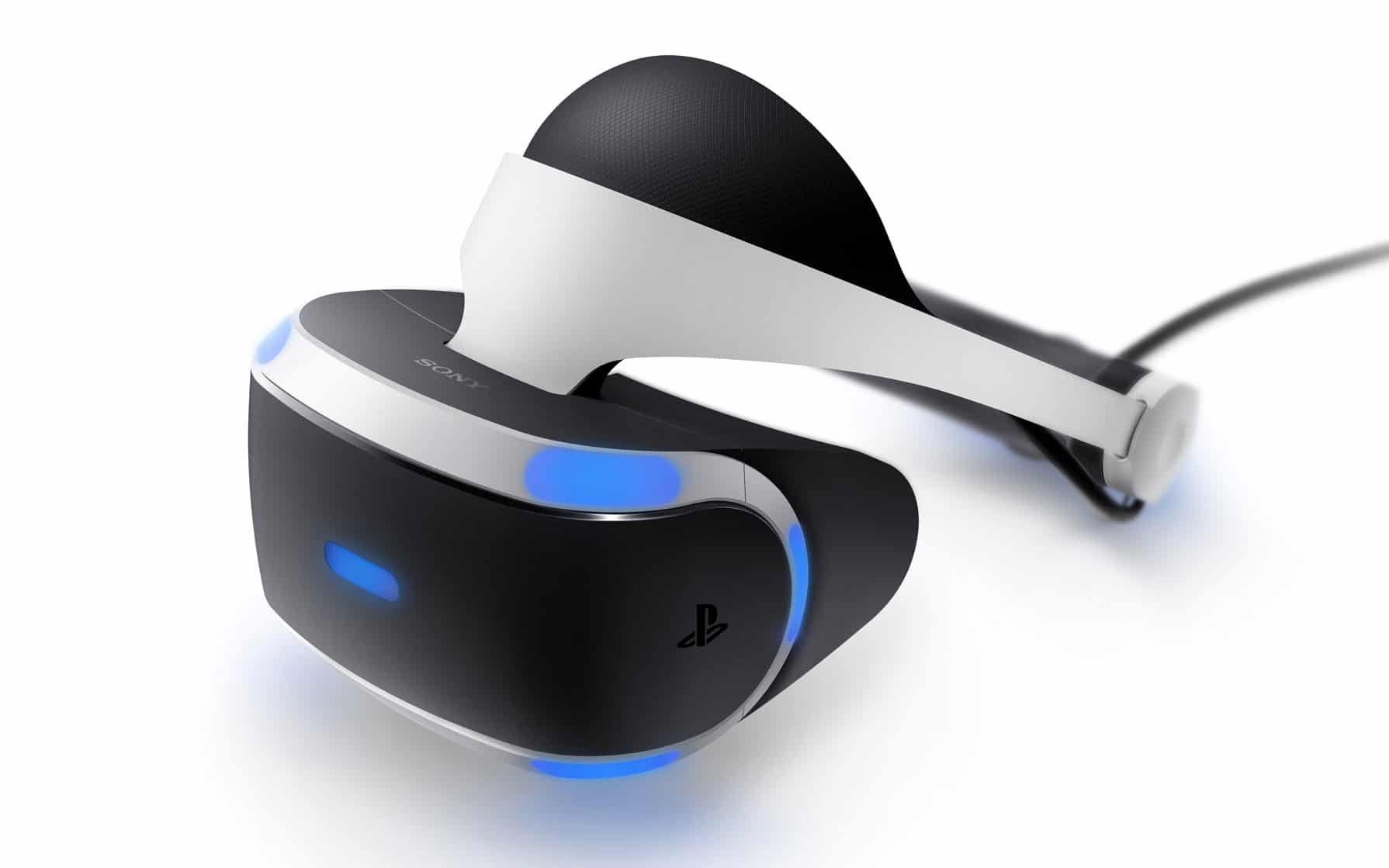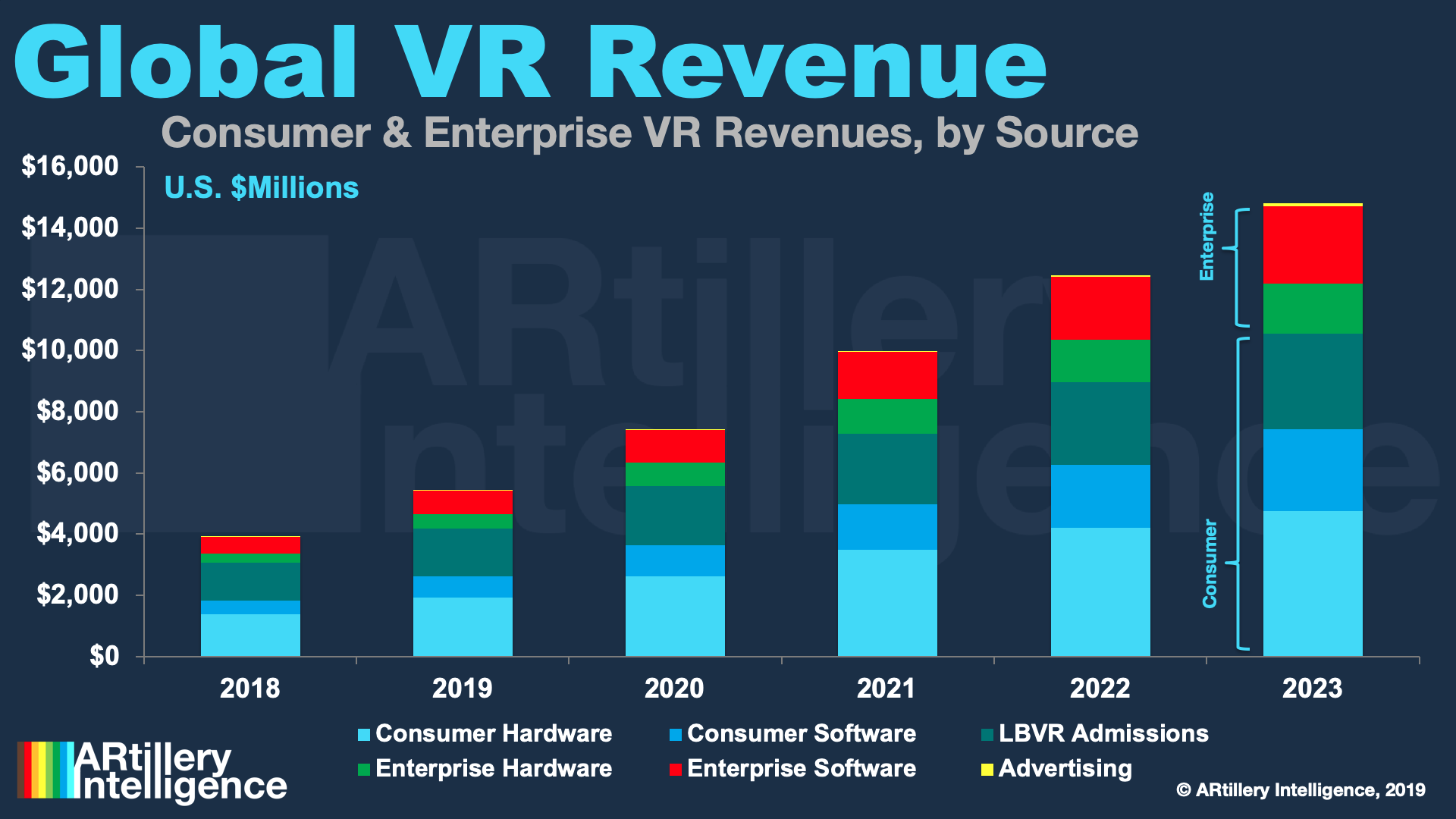
 Data Dive is AR Insider’s weekly dive into select spatial computing figures. Running Mondays, it includes data points and strategic takeaways. For an indexed library of data, reports, and multimedia, subscribe to ARtillery Pro.
Data Dive is AR Insider’s weekly dive into select spatial computing figures. Running Mondays, it includes data points and strategic takeaways. For an indexed library of data, reports, and multimedia, subscribe to ARtillery Pro.
It’s time for another round of our periodic exercises to zero in on VR headset sales. This time we’re revisiting PSVR…but instead of hardware units, we’re looking at total revenue including software/game sales. Given PSVR’s market share lead, this is an important exercise.
As background, these exercises are compelled by the fact that companies in early-stage sectors like VR don’t disclose unit sales (except Sony). So we have to assemble clues from sources like public filings or periodic disclosures of content sales, which we recently did for Oculus Quest.
We like to think of this like a Sudoku board: using known quantities to logically devise unknown ones. This is one of the many exercises and inputs that inform the official market sizing of our research arm ARtillery Intelligence. Until then, it’s just a thought exercise. Let’s dive in.

Breaking it Down
This week’s VR market-sizing exercise differs from past ones in that we’re building from the adept analysis of someone else: the always insightful Ben Lang of Road to VR. He recently extrapolated PSVR hardware and game sales at $2 billion+, using several inputs.
The math goes something like this:
Hardware
— Sony’s last unit-sales disclosure was 5 million in January (see our coverage here).
— The price has fluctuated over time, from the $500 launch bundle to today’s $350 bundle and various holiday promotions in between.
— Given that range, Lang applies a $400 average for the first 2.5 million units sold, and a $300 average for the subsequent 2.5 million.
— This leads to the estimate that Sony has generated about $1.75 billion from PSVR hardware.
Software
— Moving on to software, Sony last revealed game unit sales in August 2018 at 21.9 million, an average of 7.3 games per headset at the time.
— Using that per-headset multiple, the current lifetime unit sales volume can be extrapolated at 36.5 million.
— At a $15 per game average (conservative estimate), the total lifetime revenue from PSVR games comes to $547 million*.
— Note: Some of this game revenue is shared with developers depending on royalty structures.
Total
— That would make the grand total of PSVR lifetime top-line revenue $1.75 billion + $547 million = $2.297 billion.
— Given that these figures are based on Sony’s January 2020 unit-sales disclosure, the lifetime revenue total today is greater, and could conservatively be estimated at $2.5 billion.

Thought Excercise
These thought exercises are always valuable to get one’s head around the size of the VR industry. That’s particularly true for the market-share leading PSVR. In other words, a sense of its scale can inform aggregate market-sizing. Oculus Quest numbers don’t hurt either.
All of the above aligns with — and informs future iterations of — the market sizing of our research arm ARtillery Intelligence. Its latest Global VR Revenue Forecast pegs aggregate VR revenues at $5.4 billion in 2019, growing to $14.8 billion in 2023 (headset breakdowns available).
Meanwhile, given the challenge of market sizing without ample first-party data from VR providers, it’s about collecting clues like the above and building smart financial models. In an early and dynamic market (and dynamic world), this will continue to be a moving target.
We’ll continue assembling data and report back what we find. This is important, not just to buttress the market-sizing of our research arm, but to impart an ongoing sense of VR traction and strategic implications. In this case, we thank Road to VR for adept analysis.
